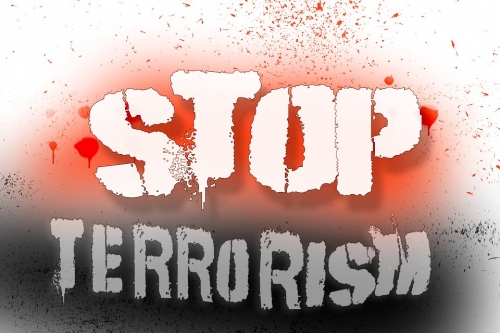The concepts of “terror” and “terrorism” first of all evoke in our minds fear, terror, threat, violence, and illegality.
Indeed, the word, which comes from the Latin word “terrere”, has meanings such as to frighten, terrify, scare away, and deter. Today, these meanings are preceded by “acting for a political purpose and terrorizing, instilling fear”, which have become the basic characteristics of terrorist action.
With this new face, terrorism is now becoming a strategy of conflict, and especially in the years immediately before 2000, it was becoming a disease of the rapidly spreading wave of democracy. While the process of globalization is irresistibly shrinking the “state”, rendering borders meaningless, and creating mutual dependency relations, the West’s persistent export of modernism is creating its own enemy within the psychosis of action and reaction. International terrorism, which has a long history but is new in terms of the changes it has undergone and has become a significant threat to international peace and security, has expanded its field of activity beyond national borders and has reached the power to affect the entire world.
At this point, questions such as “What is terrorism, who implements it and who is it against?” and “Which is terror, which is the struggle for independence?” have emerged. Some experts have emphasized that terror is implemented by states, that is, it is not “terror against the state” but “state-sponsored terror.” International terrorism cannot undoubtedly be considered a phenomenon specific to the 20th century. When its first examples are examined, there is a history that can be traced back to a fanatic Jewish faction operating against the Roman administration in the mid-first century AD. However, as of the 20th century, we are experiencing a period in which the phenomenon of international terrorism has undergone a multifaceted transformation and has taken on an identity that states both stand against and resort to in order to legitimize their foreign policy activities.





